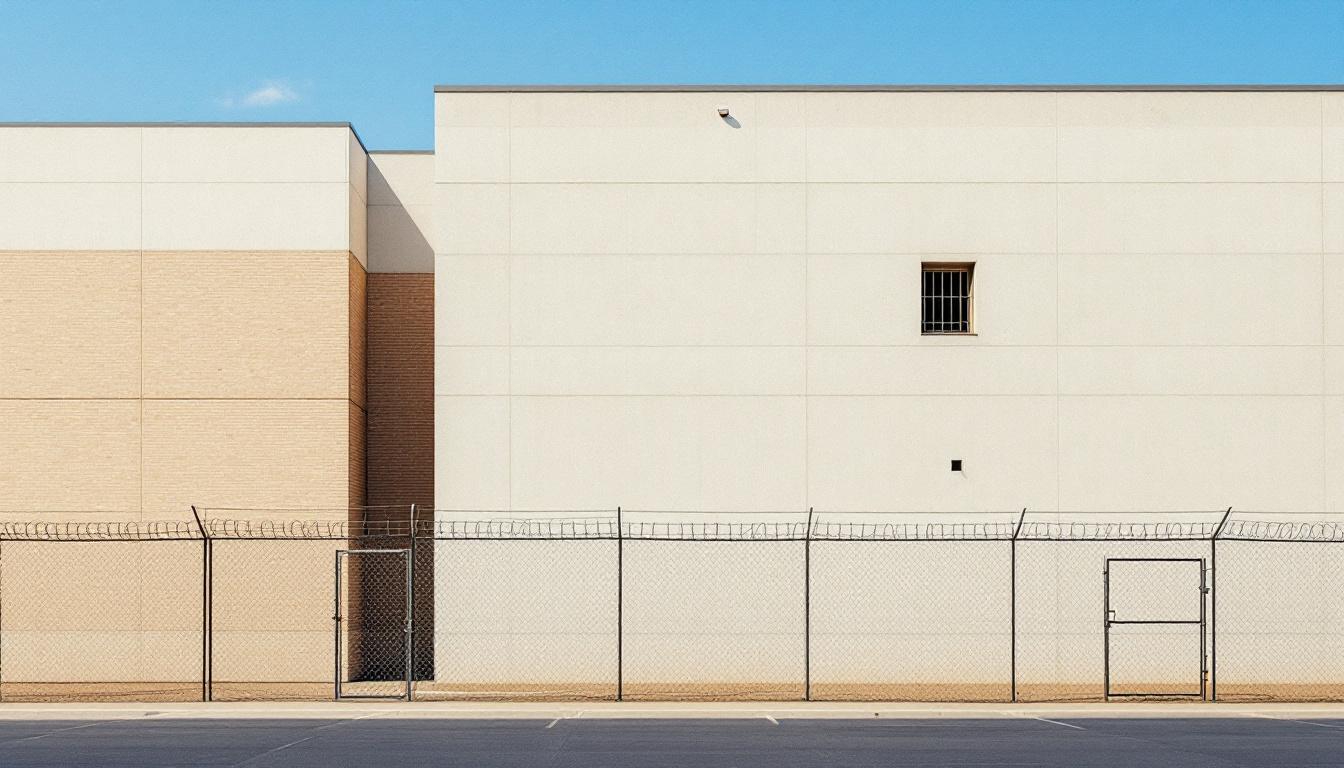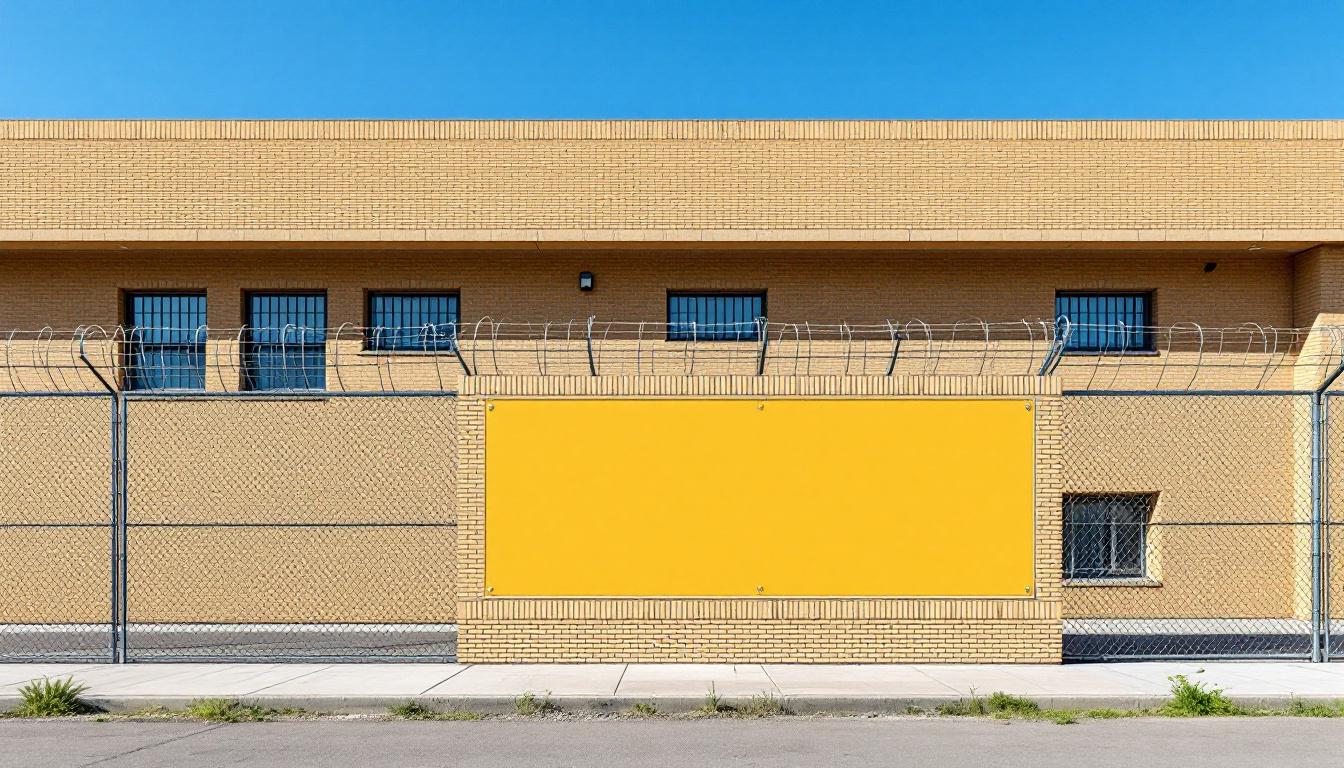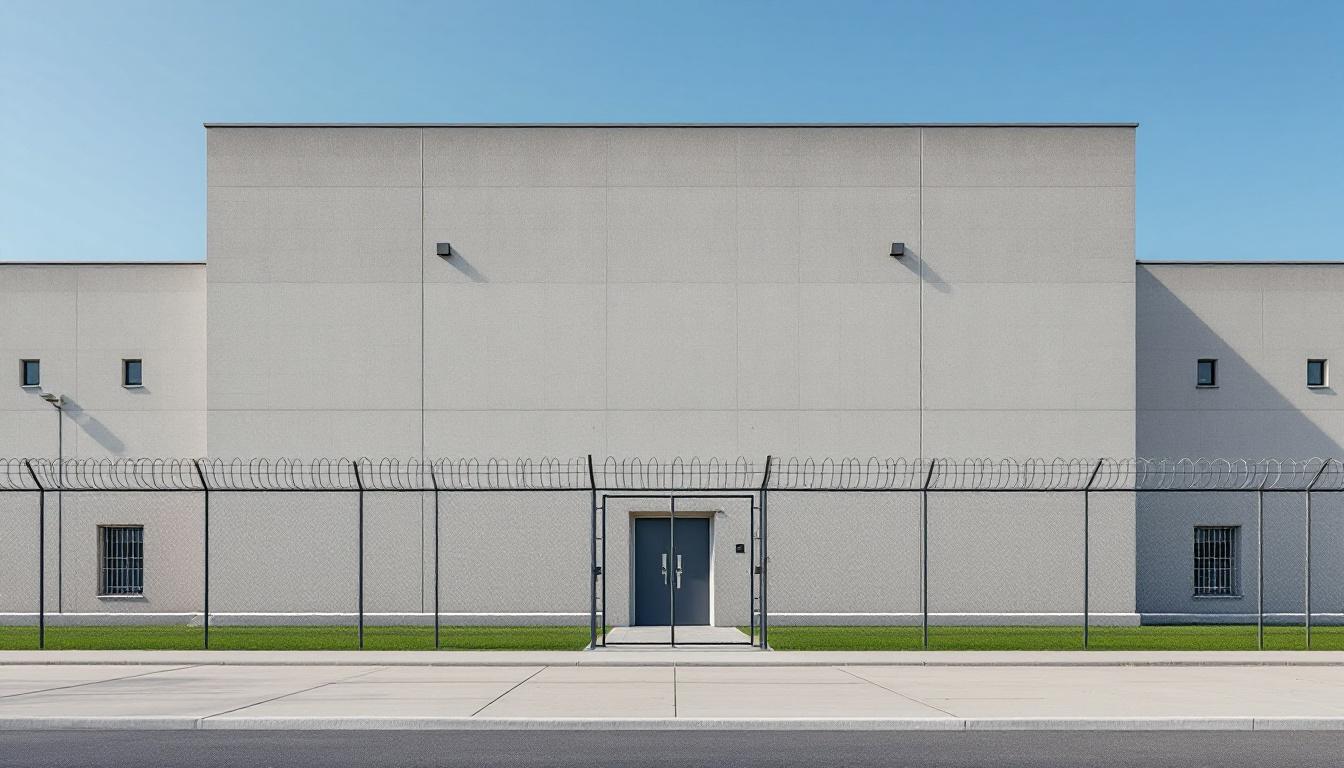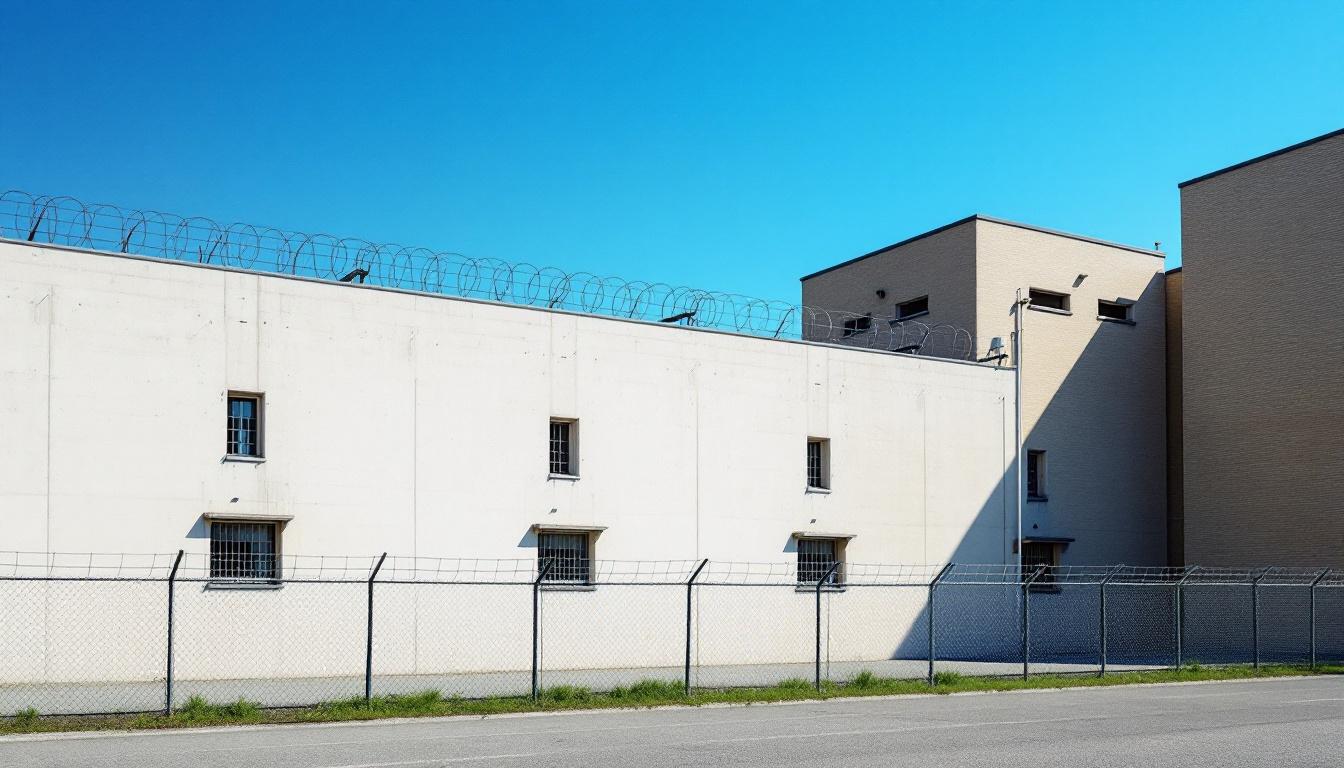
Quick Navigation
How to contact an inmate at Department Of Corrections: Womens Facilities
This comprehensive guide will walk you through how to connect with an inmate at Department Of Corrections: Womens Facilities. Follow the steps below to find an inmate and send letters and photos:
- Search for the inmate using our search tool below
- Create your account or log in to Penmate
- Write your message (up to 6,000 characters)
- Send instantly - inmates receive printed copies daily
Find an Inmate
Search for an inmate to start communicating today
Tip: You can search by first name, last name, or inmate ID number
To contact a person at Department Of Corrections: Womens Facilities start by searching for the person on the facility website. Perform a search by following these steps:
- Step 1: Enter their first name and last name into the search form and click "Search"
- Step 2: Locate their inmate record
- Step 3: Write down their Inmate ID and any housing information provided
Important! Be sure to enter the person's full name. Nicknames should not be used.
How to Send Messages to Inmates

You can use your phone or computer to send emails, letters, and photos to an inmate. Messages are sent electronically to inmate tablets or kiosks at the facility. If you would like to send a message, start by searching for an inmate at Department Of Corrections: Womens Facilities.
Sending Photos and Postcards

A great way to send love and support to a loved one at Department Of Corrections: Womens Facilities is to send photos and postcards. It only takes a few minutes to send photos from your phone and it makes a huge difference. You can also mail postcards with words of support and inspiration, or design your own postcard for special moments like birthdays and holidays.
Important! Be sure not to send any explicit photos or they may not be approved by the facility. You can also use a photo printing app like Penmate to make sure your photos are printed at the correct size (4x6 or 3x5) and are mailed according to the rules and regulations of Department Of Corrections: Womens Facilities.
Frequently asked questions about Department Of Corrections: Womens Facilities
-
How long does it take to deliver a message?
If you're sending an email message your letter is usually delivered within 24-48 hours. For messages sent via mail you should expect delivery within 3-7 days. All messages will need be approved by Department Of Corrections: Womens Facilities.
-
How much does it cost to send a message to Department Of Corrections: Womens Facilities?
You can send a message free using your phone or mail a message via USPS for the price of a $0.60 stamp and envelope. You can also purchase credits or e-stamps from services starting at $1.99.
-
What services can I use to contact an inmate at Department Of Corrections: Womens Facilities?
Penmate
You can use Penmate to send letters and photos to an inmate from your phone. It's an easy way to stay in touch during your loved one's incarceration. Use the inmate locator to find an inmate's location and contact information, then you can send messages within a few minutes.
Securus messaging
Securus may be another option for communicating with an inmate at Department Of Corrections: Womens Facilities. You can create a friends and family account and purchase credits to send messages. All messages will be reviewed and must be approved by the facility.
JPay
Some county jails and state prisons may support sending messages with JPay. You must register an account with the system, find your loved one, and purchase stamps to send messages. For some locations you can also attach photos.
Smart Jail Mail
You may also check if Smart Jail Mail is available at Department Of Corrections: Womens Facilities. Smart Jail Mail is operated by Smart Communications and has contracted with some state and county jails. After purchasing credits, your messages and photos are sent to the facility, printed out, and then handed out to your loved one.
-
What is the mailing address of Department Of Corrections: Womens Facilities?
Mailing address:
Department Of Corrections: Womens Facilities
13 Fleming Rd
Cranston, RI 02920
Phone: (401) 462-2366 -
What are the visiting hours at Department Of Corrections: Womens Facilities?
Visiting hours at Department Of Corrections: Womens Facilities vary by housing unit and security level. Generally, visits are scheduled on weekends and holidays, with some facilities offering weekday visits. Contact the facility directly at (401) 462-2366 or check their website for the current visiting schedule. Visits typically last 30-60 minutes and must be scheduled in advance.
-
What items are prohibited when sending mail to Department Of Corrections: Womens Facilities?
Prohibited items typically include: cash, personal checks, stamps, stickers, glitter, glue, tape, staples, paperclips, polaroid photos, musical or blank greeting cards, hardcover books, magazines with staples, and any items containing metal or electronics. Only send letters on plain white paper with blue or black ink. Photos must be printed on regular photo paper (no Polaroids). Always check with Department Of Corrections: Womens Facilities for their specific mail policies.
-
How do I send money to an inmate at Department Of Corrections: Womens Facilities?
You can send money to an inmate at Department Of Corrections: Womens Facilities through several methods: 1) Online using JPay, Access Corrections, or the facility's approved vendor, 2) Money orders mailed directly to the facility with the inmate's name and ID number, 3) Kiosks located in the facility lobby, or 4) Over the phone using a credit or debit card. Fees vary by method, typically ranging from $2.95 to $11.95 per transaction.
-
Can I schedule a video visit with an inmate at Department Of Corrections: Womens Facilities?
Many facilities now offer video visitation as an alternative to in-person visits. At Department Of Corrections: Womens Facilities, video visits may be available through services like Penmate, Securus Video Connect, GTL, or ICSolutions. Video visits typically cost $10-20 for 20-30 minutes and must be scheduled in advance. You'll need a computer or smartphone with a camera and reliable internet connection. Contact the facility for their specific video visitation policies and approved vendors.
-
What identification do I need to visit an inmate at Department Of Corrections: Womens Facilities?
All visitors must present valid government-issued photo identification such as a driver's license, state ID, passport, or military ID. Minors must be accompanied by a parent or legal guardian who can provide the minor's birth certificate. Some facilities require visitors to be on the inmate's approved visitation list, which may require a background check. Contact Department Of Corrections: Womens Facilities for specific ID requirements and visitor approval procedures.
-
How can I find out an inmate's release date?
To find an inmate's release date at Department Of Corrections: Womens Facilities, you can: 1) Use the online inmate search tool if available, 2) Call the facility's records department, 3) Contact the inmate's case manager or counselor, or 4) Have the inmate provide this information during a call or visit. For privacy reasons, some facilities only release this information to immediate family members.
Facility Overview
Contact Information
Department Of Corrections: Womens Facilities13 Fleming Rd
Cranston, RI 02920
Phone: (401) 462-2366
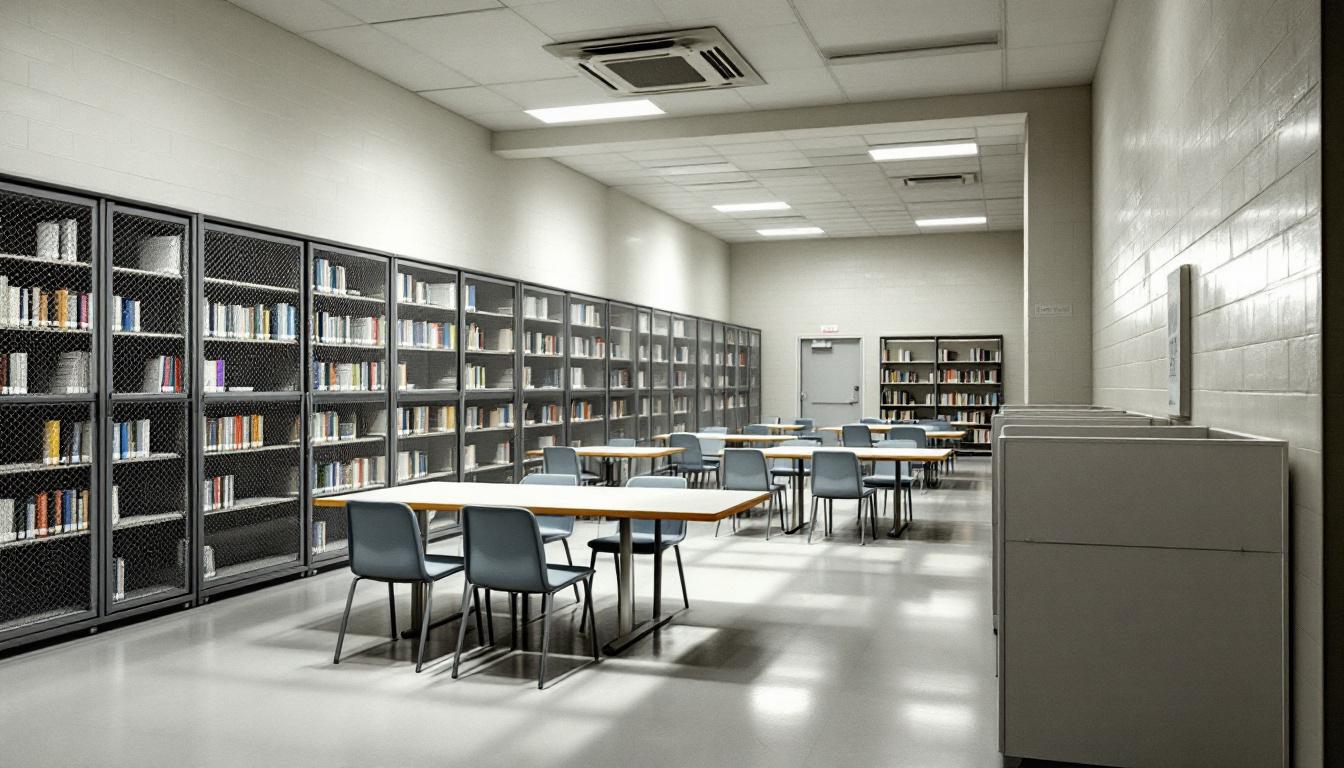
About Department Of Corrections: Womens Facilities
Located on Fleming Road in Cranston, Rhode Island, the Gloria McDonald Women’s Facility serves as a comprehensive correctional institution found in the heart of the state’s third-largest city. This facility, which opened in December 2010, operates within a uniquely repurposed structure—a converted and expanded hospital building that was originally constructed to serve as a male Reintegration Center. With an operational capacity of many individuals and an average population of 122 as of fiscal year 2024, the facility supports women across multiple classification levels, including minimum security, medium security, and work release programs.
The Gloria McDonald Women’s Facility houses both awaiting trial offenders and sentenced individuals, reflecting the diverse needs of Rhode Island’s female correctional population. Found in Cranston’s established community setting, the facility typically offers programming that supports rehabilitation and reintegration goals common to modern correctional institutions. Work release programs may include opportunities for inmates to maintain employment in the surrounding community while serving their sentences, often supporting their transition back into society. The facility’s structure and classification system generally allows for individualized programming based on security level and individual needs.
Video visitation services are available to maintain family connections, with updated schedules regularly posted on the Rhode Island Department of Corrections’ social media platforms. The facility’s location in Cranston provides accessibility for families throughout the state while maintaining the security protocols necessary for effective correctional operations. With an annual cost per offender of $160,056, the institution represents Rhode Island’s commitment to providing comprehensive correctional services that typically include educational opportunities, vocational training, and rehabilitative programming designed to support successful community reintegration.
Programs & Services
The Gloria McDonald Women’s Facility operates as a multi-classification institution serving women at minimum, medium, and work release levels, along with those awaiting trial. This converted and expanded hospital building, which opened in December 2010, typically provides comprehensive programming designed to address the diverse needs of its population across different custody levels. Work release participants may have access to community-based employment opportunities and transitional services that support their gradual reintegration into society.
Educational and vocational programming at the facility often includes basic literacy courses, GED preparation, and job readiness training tailored to help residents develop marketable skills. Mental health and substance abuse counseling services are typically available, recognizing that many women in the correctional system benefit from therapeutic interventions addressing underlying issues. The facility may also offer parenting classes, life skills workshops, and case management services to support successful reentry planning.
Support services commonly include medical and dental care, library access, and recreational activities that promote physical and mental well-being. The facility’s video visitation system helps residents maintain important family connections, while mail services enable ongoing communication with loved ones. Given the facility’s role in housing various classification levels, programming is often structured to meet the specific needs and restrictions of each population, from pre-trial services to work release preparation and community transition support.
Daily Life & Visitation

The Gloria McDonald Women’s Facility in Cranston operates with structured routines designed to support women across three classification levels - minimum, medium, and work release - within its converted hospital building that opened in December 2010. With an average population of 122 residents, the facility maintains organized daily schedules that typically begin with early morning counts and meal service, followed by work assignments, educational programs, or court appearances for those awaiting trial. The building’s comprehensive hospital-to-correctional conversion provides a different physical environment than traditional facilities, often featuring wider corridors and varied room configurations that may influence daily movement patterns and programming spaces.
Family connections remain a priority through the facility’s video visitation system, with updated schedules regularly posted on RIDOC’s Facebook page to help families plan their virtual visits. Residents can receive mail at the facility’s P.O. Box address, providing an important communication link with loved ones during their time at the Fleming Road location. The facility’s work release classification level may allow some residents to maintain employment in the community while returning to the facility during non-work hours, creating a structured transition between incarceration and community reintegration.
Programming and daily activities typically vary based on classification level and individual needs, with educational opportunities, vocational training, and counseling services commonly available throughout the week. The facility’s role in housing both sentenced individuals and those awaiting trial means daily routines may accommodate court transportation schedules and legal meetings, while maintaining the security protocols necessary for a multi-classification facility that serves as an important component of Rhode Island’s correctional system.
Ready to Connect?
Start communicating with your loved one today
Search for an Inmate



